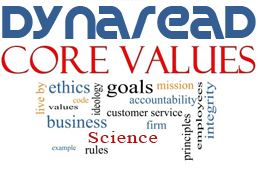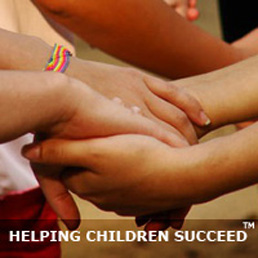by Lori Buchanan and Derek Besner
It is widely assumed that the presence of an associative priming effect during the oral reading of orthographies with consistent spelling-sound correspondences signals the use of an orthographic code for lexical access (the addressed routine). Relatedly, the failure to observe such a priming effect has been taken to indicate the use of a routine that relies on subword spelling-sound correspondence knowledge (the assembled routine). This logic depends on the assumptions that (a) only the addressed routine (whole word knowledge) can produce priming, and (b) that it necessarily does so (i.e., is automatic). The present experiments show that, taken alone, neither the presence nor absence of priming effects in oral reading permit an inference as to whether the addressed or assembled routine is used. Converging operations which do permit such an inference are reported. The data support the view that (i) components of the word recognition system operate interactively such that use of the assembled routine yields priming under certain conditions, and (ii) normal readers of a shallow orthography use a nonsemantic, whole word pathway to name words.

![]() Our Dynaread team members are required to hold themselves accountable for serving our clients in adherence with our core values...
Our Dynaread team members are required to hold themselves accountable for serving our clients in adherence with our core values...
Contribute with scientific and overall integrity.
Retain the focus on the needs of each individual child.

Dynaread has been developed in the trenches of actual remediation, with our feet firmly planted on the ground. Scientific research is essential (and we consistently use it), but we also understand the realities at home and in school. Not all homes have two parents, not all Dad's or Mom's are always home, there is oftentimes no money, schools lack staff or funding. We listen, we observe, we discuss, and we build the best solutions we can for older (ages 7+) struggling readers.
